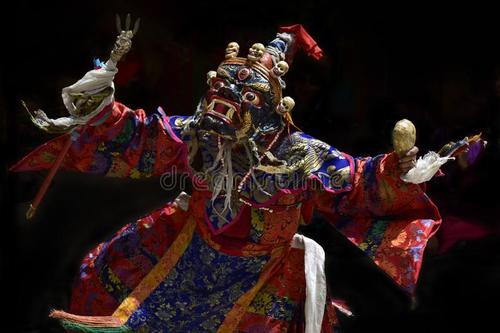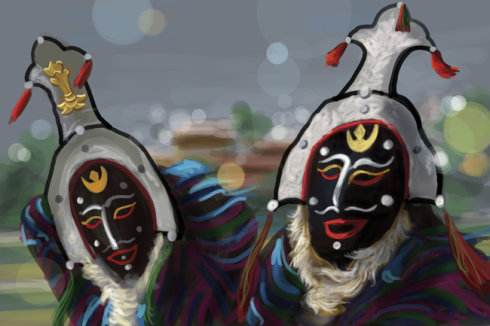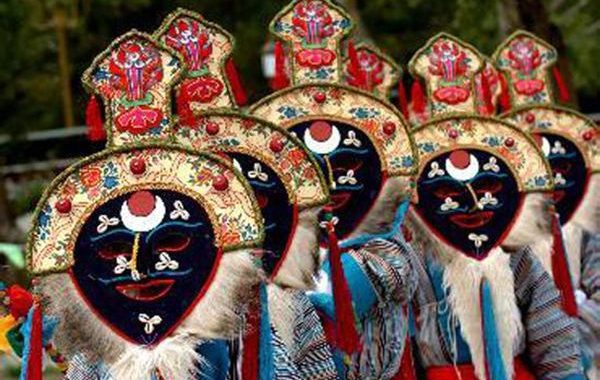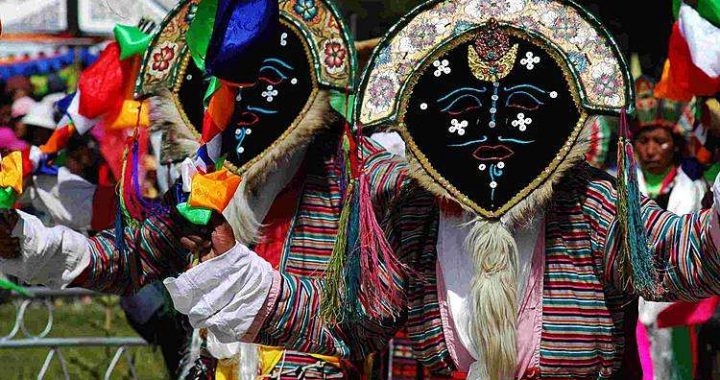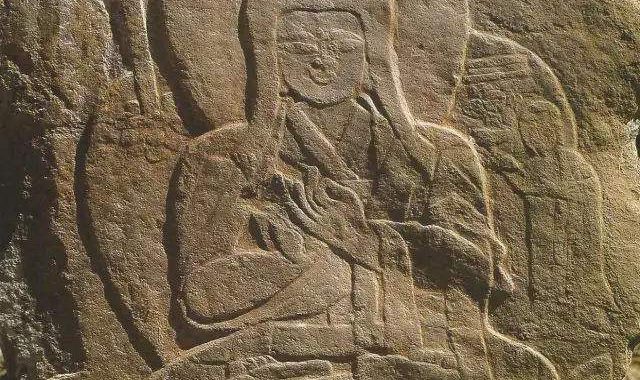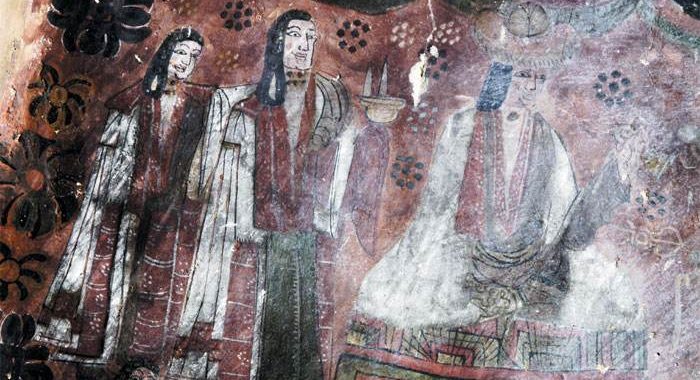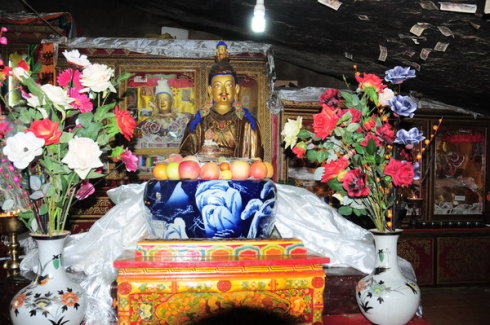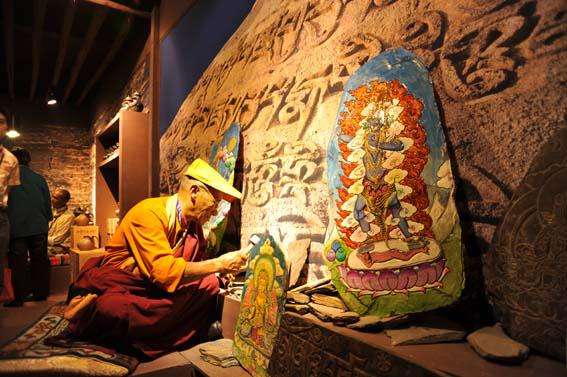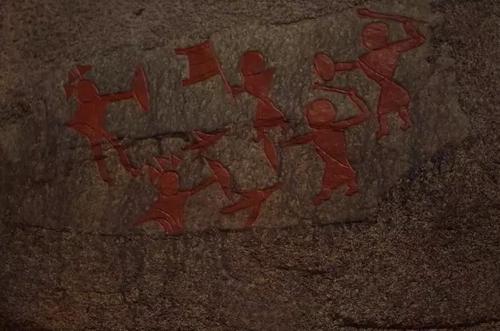Architectural pottery sculptures
3 min readTibetan architectural pottery sculptures appeared in the first dissemination period of Buddhism. According to records,”Princess Wencheng invited a number of great carpenters and craftsmen from the Tang region to build the Ramoche Temple in Tibet.”It is said that the temple was a building imitating designs from the Han and Tang Dynasties,with a lofty tower and pavilion, seemingly splendid and magnificent. Thepottery decorations were essential in Han-style architecture, includingHan-style structures in the Samye Monastery built later. Unfortunately, these historical sites have been destroyed, and there are no relics of architectural pottery dating back to the Tubo period.
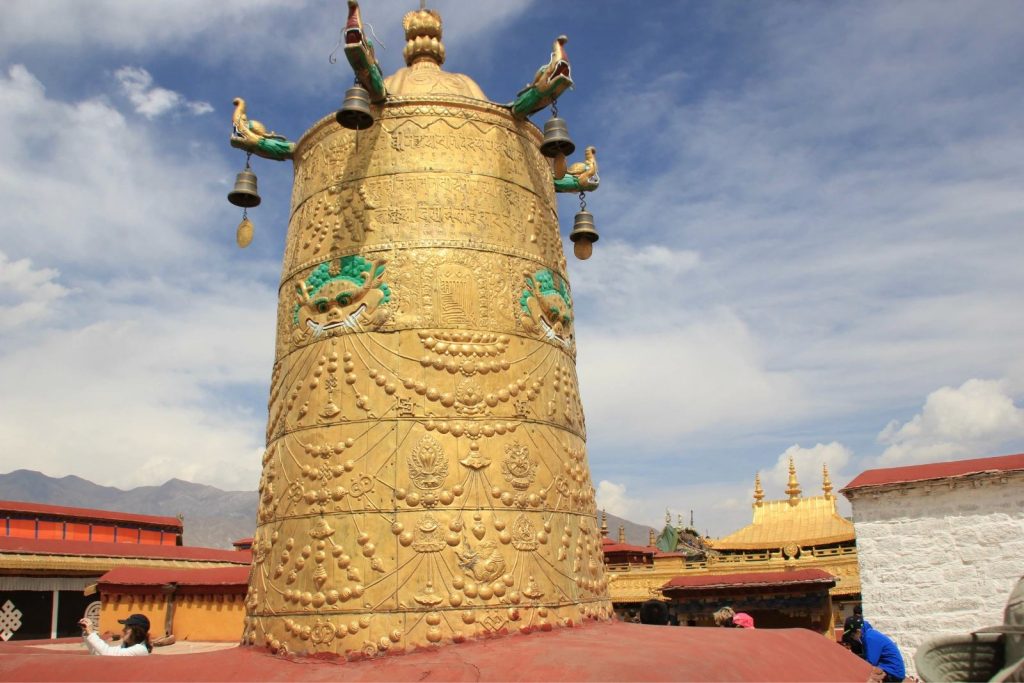
The colored glaze pottery sculpture
Eave tile of the Yuan Dynasty at the Shalu Monastery In the second dissemination period of Buddhism, architectural pottery was mainly used as pagoda decorations. In the ruins of the Toling Monastery and Guge Palace in Ngari Prefecture, decorative pottery for pagodas was found, including a standing Bodhisattvas statue, standing Apsara statue and other masterpieces. The statues were delicately sculptured by craftsmen based on red pottery made with molds and burnt in kilns, showing an eye for exquisite detail. There are still some redpottery eave tile covers with patterns of beast faces in the Narthang Monastery in Tsang. The pagoda in the Naini Monastery also has exterior pottery trimmings built with adobe, and ancient pottery fragments can still be found. Several ancient pagodas were built in the Shalu Monastery, of which the most magnificent is the Bodhi Pagoda built by Master Buton in memory of his mother. In the pagoda, there are more than 3,000 Aksobhya statues, more than 1,000 Sakyamuni Buddha statues and more than 300,000 demoulded tsha-tshas. The entire pagoda body was covered by inlaid colored glaze. There are still many relics scattered around the monastery ruins, including large lotus petals from the pagoda bases, Buddha statues and ornaments. Existing well-preserved examples are “one Buddha and two disciples,””one Buddha and two Bodhisattvas,”and Tara, and many more. Although they were made in large scale, every piece is an art work.
The Shalu Monastery boasts Tibetan-Han architectural styles. The big rooftop is covered with green glazed tiles. The roof ridges are decorated with the figures of auspicious beasts and rosaceous flowers. The eave tiles have patterns of roaring lions, cirrus clouds, sea snails, treasure trees, treasure bottles, pagodas and lotuses. The pottery decorations for the parapet wall include colored glaze sutra pillars and offerings to Apsara.
Apsara was not made of molds and shows different modalities such as Treasure Bottle Apsara, Flywheel Apsara, Flower Holding Apsara, and Lantern Lighting Apsara. The Lantern Lighting Apsara is especially charming, and it is a masterpiece among classical Tibetan pottery sculptures. In the Shalu Monastery, the eave tile covers of the Yuan Dynasty and pottery decorations were produced by Han and Tibetancraftsmen on site. When the Shalu Monastery was repaired in 1984, component numbers in Chinese labeled for the establishment of themonastery in the 14th century were discovered. The Shalu craftsmen wrote a book about the techniques used to make colored glaze pottery.
The glazed pottery pieces used for the Norbulingka and the colored glaze bridges in front of the Jokhang Temple built during the period of the 13th Dalai Lama were made by Shalu craftsmen. The Karma Dansa Monastery inChamdo Prefecture used to be of Tibetan-Han architectural style, with elaborate pottery sculptures.
Other significantly influential works include jade carvings and butter sculptures such as the “Phagpa,”which is a jade carving.
